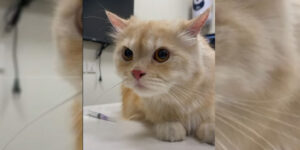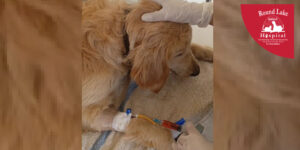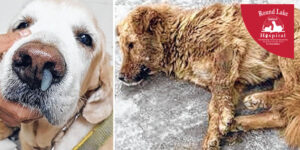What Is Ringworm?
Ringworm, despite its misleading name, is not caused by a worm but by a group of fungi known as dermatophytes. These microscopic organisms thrive on keratin—the primary structural protein found in skin, hair, and nails. The infection manifests as circular, scaly patches of hair loss, often surrounded by a red, inflamed border. Highly contagious and resilient, ringworm can persist in the environment for months, making eradication a meticulous process.

Causes and Transmission
Ringworm spreads through direct contact with an infected cat, contaminated surfaces, or airborne fungal spores. Shared bedding, grooming tools, and furniture can harbor the fungus, facilitating transmission among household pets and even humans. Young kittens, elderly cats, and immunocompromised animals are at greater risk due to their weakened defenses. Stray and shelter cats often encounter the fungus in densely populated environments, increasing the likelihood of outbreaks.
Symptoms of Ringworm in Cats
Clinical signs vary but commonly include circular patches of hair loss, crusty or scaly lesions, brittle or broken hairs, and excessive scratching. Some cases present with mild dandruff-like scaling, while others develop severe inflammation. In asymptomatic carriers, no visible signs appear, yet they can still spread the infection to other animals and humans. Nail deformities may also occur if the fungus infiltrates the claws, leading to thickened, brittle nails with a rough texture.
Veterinary Diagnosis of Ringworm
Physical Examination
A veterinarian begins with a thorough visual inspection, assessing the skin for characteristic lesions. The presence of hair loss, redness, and scaling raises suspicion, but definitive tests are required for confirmation. Other dermatological conditions, such as allergies or bacterial infections, can mimic ringworm, necessitating further diagnostic procedures.
Wood’s Lamp Test
A Wood’s lamp, emitting ultraviolet light, is used to detect certain strains of ringworm that fluoresce under its glow. While approximately 50% of Microsporum canis infections exhibit a greenish-yellow fluorescence, this test is not foolproof. Some fungal species do not fluoresce, leading to false negatives, and other substances on the skin can produce misleading results.
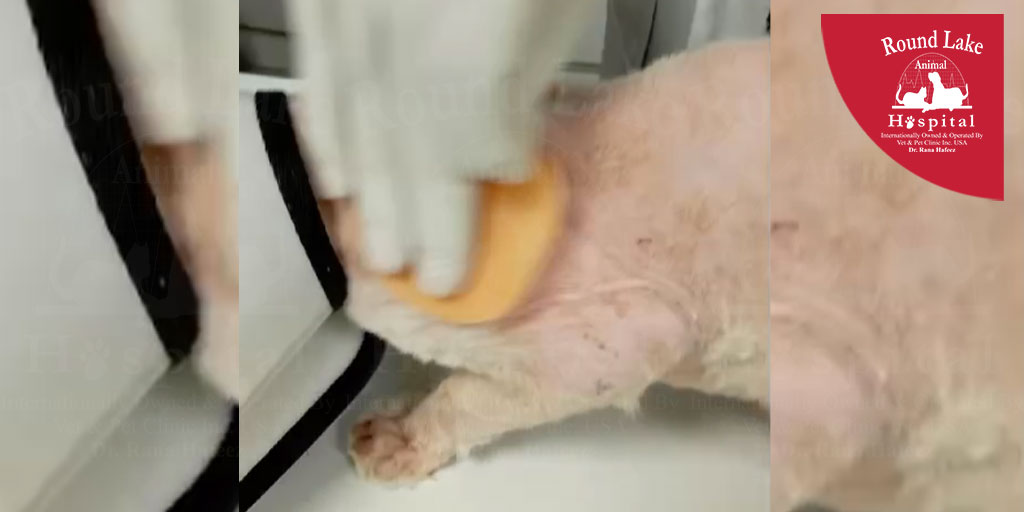
Fungal Culture
For a definitive diagnosis, a fungal culture is performed. Hair and skin samples are collected and placed in a specialized medium that encourages fungal growth. This process, though highly accurate, can take up to three weeks for conclusive results. The slow development of dermatophytes makes patience essential in confirming the presence of ringworm.
Skin Biopsy and Microscopic Examination
In complex cases, a skin biopsy or direct microscopic examination of hair and skin scrapings is conducted. Under a microscope, fungal spores and hyphae (filamentous structures) may be visible, providing immediate confirmation. This method is particularly useful when other diagnostic approaches yield inconclusive results.
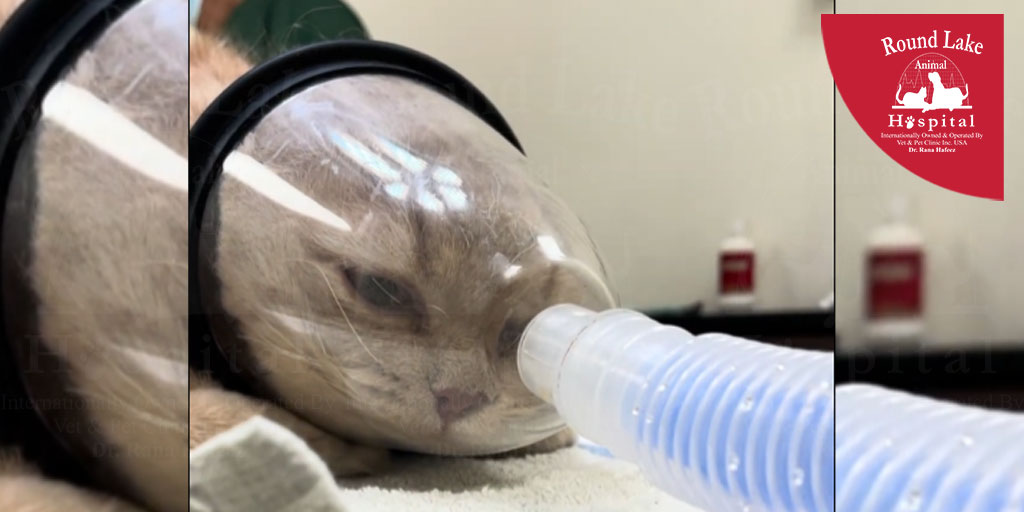
Treatment Approaches for Ringworm
Topical Antifungal Treatments
Mild to moderate cases are often managed with topical antifungal medications, such as miconazole or clotrimazole creams. These ointments are applied directly to affected areas, targeting fungal colonies at the source. While effective, topical treatment alone is rarely sufficient for complete eradication, especially in multi-pet households.
Oral Antifungal Medications
For widespread or persistent infections, veterinarians prescribe oral antifungal drugs like itraconazole or terbinafine. These medications disrupt fungal cell membranes, halting their replication. Although highly effective, oral treatments require careful dosing and monitoring due to potential liver toxicity in some cats.
Medicated Shampoos and Dips
Antifungal shampoos, often containing chlorhexidine or ketoconazole, aid in reducing spore loads on the skin and fur. Lime sulfur dips, though pungent, are particularly effective in severe cases. These treatments require regular application over several weeks to ensure eradication.
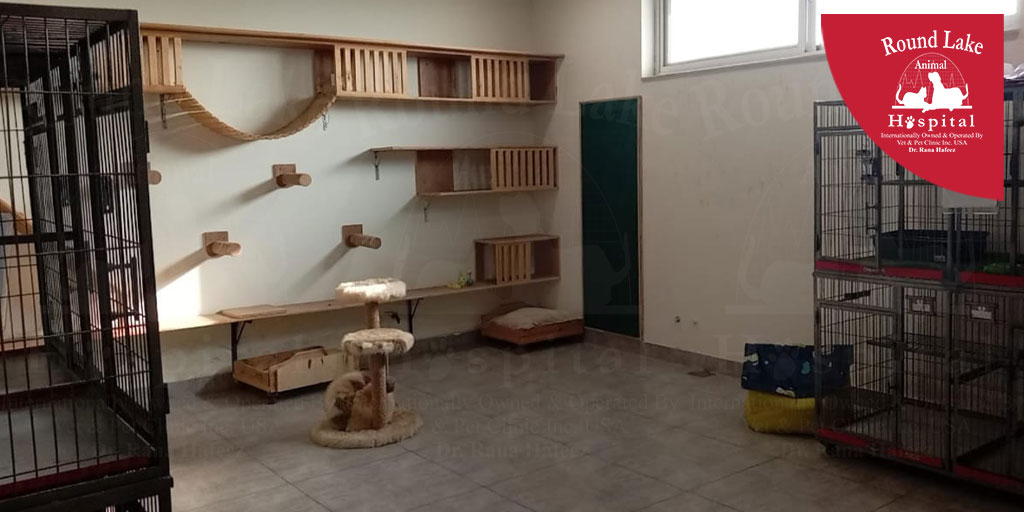
Managing the Cat’s Environment
Disinfecting the Home
Ringworm spores are notoriously resilient, clinging to carpets, furniture, and even air ducts. Frequent vacuuming, steam cleaning, and disinfecting surfaces with diluted bleach (1:10 ratio) help eliminate lingering spores. Bedding, scratching posts, and litter boxes should be sanitized or replaced.
Preventing Reinfection
Even after treatment, reinfection remains a concern if the environment is not adequately decontaminated. Regular cleaning, combined with antifungal sprays or foggers, minimizes the risk of recurrence. Isolating infected cats until they receive a clean bill of health also helps contain the spread.
Managing Other Pets in the Household
All pets within the home should be examined for ringworm, even if they appear asymptomatic. Preventive antifungal treatments may be recommended for other animals, particularly in multi-pet households. Regular grooming and routine fungal screenings help identify potential carriers before outbreaks occur.

Supportive Care for Infected Cats
Boosting the Immune System
A robust immune system accelerates recovery and prevents future infections. Ensuring the cat receives proper vaccinations, routine veterinary care, and a low-stress environment enhances its natural defenses.
Proper Nutrition and Supplements
A balanced diet rich in omega-3 fatty acids, vitamins A and E, and essential minerals supports skin health and promotes healing. Supplements such as lysine or probiotics may further strengthen immunity and improve overall well-being.
Managing Stress and Anxiety
Stress compromises immune function, making cats more susceptible to infections. Providing a quiet, comfortable space with minimal disruptions aids in recovery. Interactive toys, pheromone diffusers, and gentle handling reduce anxiety and promote healing.


